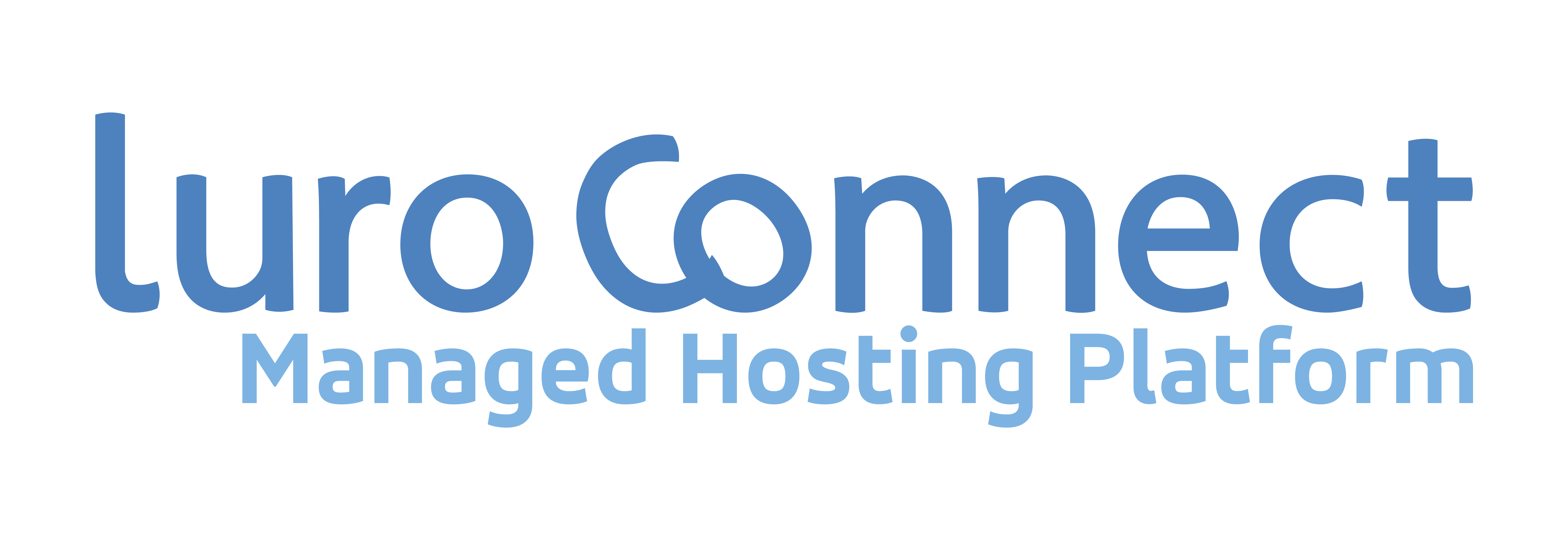Free as in freedom, not free beer!
Introduction
The open source community has had this saying for long, though there are many, including myself, who do not understand what this difference means.
With recent changes to open source license agreements, this difference has come to the fore. For example, changes in the open source licensing of redis and mongodb has restricted how AWS and other cloud providers can conduct their business. Directly relevant to eCommerce merchants is the effect to open source Magento since Adobe’s acquisition of Magento and the path that has been followed

Magento Open Source vs Enterprise
Adobe’s business reason to have Magento is (in my opinion) to complete their offering. Adobe has seen a huge, public and successful transition from their traditional business of one-time purchase of packaged software to a subscription and even a SaaS model. With the acquisition of Magento and the Commerce Cloud licensing model, Adobe clearly thinks Magento should be packaged with hosting – hence the word Cloud in their offering and their pricing of the Enterprise license that includes cloud hosting. This transition is seen in SAP’s hybris commerce offering that includes hosting to make SAP Commerce Cloud. Unlike SAP hybris though, Magento is open source.

If you accept the Adobe Magento Commerce Cloud offering, you submit to the fixed set of features that are offered by their cloud or subscribe to a SaaS service for integration – though sometimes even that requires qualification or may not be possible.
For example, if you want PWA, you are limited and have to wait for the PWA Studio. If you want an improved search interface, you are limited to their choice. Similarly, for CDN, image optimization and Web Application Firewall, you are limited to Fastly, Adobe’s choice in the matter.
Or, perhaps, you use a plugin that is connected to a SaaS service.
When a Magento website is self-hosted though, the choice was to install a plugin or enhance the code that may require a service which has to be hosted. In the examples above, you may want to use vue-storefront or use one of many systems for search or use ImageMagick as an image optimization solution.
From Free Beer to Freedom!
The earlier licensing model of Magento pushed the decision to a “board level” – companies like ours always take the supported version. Mostly the open source version of Magento was attractive to those who were attracted by the “free beer”.
However, now the decision is that of freedom – since the paid version comes with restrictions.
If you feel guilty of being a taker of open source, you can sponsor community commits back to the open source Magento. The community participation is not negligible. Matt Asay of Adobe suggests it may be as high as 50% in this article.
(Indeed there are community participants who think Adobe is gaining from open source contributions, but that is a different blog article).
Shameless plug!
Full stack managed hosting support from luroConnect, gives you the benefit of supported opensource and the flexibility to build your own solution around it. The entire stack is based open source – from linux to Magento – including nginx, ModSecurity, redis, elasticsearch, sphinx and ofcourse mysql. (We relunctantly also allow ioncube encrypted plugins as well). Coupled with a release process from your git. Hosted on any cloud or open hosting providers – in the age of Uber you don’t need to own your data centers. Our multi-layered security approach and proactive monitoring comes standard. With additional features like a disaster recovery plan, image optimization, peep-hole maintenance and a dashboard to monitor and control key tasks such as code deployment or indexing, we bring peace-of-mind to Magento hosting. Check out our pricing and you can connect with us.
Magento Open Source vs Commerce Cloud
Magento Commerce Cloud does offer additional features. See alongside (zoom for a larger view) for a comparison taken from magento.com. Some key features like WYSIWYG editor will never be released in open source.
However, not everyone needs all of the features and some of these features are available from other plugin vendors or custom development from the many certified and non-certified agencies.
Infact, even if you are a Commerce Cloud customer, you will need customizations and potentially more plugins and even 3rdparty SaaS services to have a fully working store.
Conclusion
Magento Open Source is now a very viable option for all stores – brands and high volume stores included. With many options to customize and integrate, you have the freedom to make your own best of breed solution and not be restricted by the Adobe environment. With Managed hosting service you can get optimized and scalable websites.




